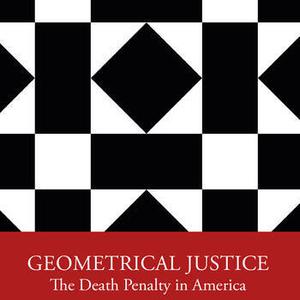
The American Bar Association’s Criminal Justice Section will soon release its annual report on issues, trends, and significant changes in America’s criminal justice system. The new publication, The State of Criminal Justice 2019, includes a chapter by Ronald J. Tabak, chair of the Death Penalty Committee of the ABA’s Section of Civil Rights and Social Justice, describing significant death penalty cases and capital punishment developments over the past year. Tabak’s death-penalty chapter highlights the long-term downward trend in death sentences and executions, which have remained near historic lows for four years.
On sentencing, Tabak notes that “[t]he number of death sentences imposed between 2015 and 2018 was half the number imposed in the preceding four years,” and that “[f]or the first year since the death penalty resumed after Furman v. Georgia, there was not in 2018 a single county in the entire United States in which more than two death sentences were imposed.” He attributes some of this reduction to the election of reform prosecutors in formerly heavy-use areas, including Philadelphia, Pennsylvania and Houston (Harris County, Texas). On executions, he also pointed out that numbers remained near historic lows, with 2018 marking the fourth year in a row with fewer than 30 executions. Those executions were highly geographically concentrated, with half in Texas alone, and 88% occurring in just five states – Texas (13), Tennessee (3), Alabama (2), Florida (2), and Georgia (2).
In discussing his chapter, Tabak — who is also a long-time member of the Steering Committee of the ABA’s Death Penalty Representation Project — attributed part of the decline in new death sentences to improvements in trial-level capital representation in some of the historically higher-use death-penalty states. However, he notes that those improvements have not benefitted those now facing execution who were provided substandard representation in the past and have been blocked by legal technicalities from obtaining court review of their claims. The outcome of a capital case, he told the Journal, “depends less on what you did and more on the quality of your defense counsel, the nature of the prosecutors’ attitudes toward and manner of pursuing the death penalty, and the way in which the court system deals with your constitutional claims.”
Tabak’s capital-punishment chapter also covers major events in death-penalty news, including the judicial abolition of Washington’s death penalty in 2018, the legislative abolition in New Hampshire in 2019, and California Governor Gavin Newsom’s announcement of a moratorium in 2019. Public opinion polls released in 2018 found that support for capital punishment remained near record lows, and that respondents preferred life without parole over capital punishment when given the option. He suggests several factors that may be contributing to declining public support including growing awareness of the link between lynching, racial terrorism, and the death penalty, as highlighted by the opening of the National Memorial for Peace and Justice; increasing conservative activism against capital punishment; and the Catholic Church’s updated stance deeming the death penalty “inadmissible.” The chapter also contains a section devoted to major court decisions related to the death penalty.
The chapter ends with a discussion of the future of capital punishment. Tabak concludes, “Ultimately, our society must decide whether to continue with a penalty implemented in ways that cannot survive any serious cost/benefit analysis. As more and more people recognize that capital punishment in this country is inconsistent with both conservative and liberal principles, and with common sense, the opportunity for its abolition throughout the United States will arrive. Those who already realize that our actual death penalty is like ‘the emperor’s new clothes’ should do everything with a reasonable chance of accelerating its demise.”
Ronald Tabak, Capital Punishment, in The State of Criminal Justice 2019, American Bar Association Criminal Justice Section, July 2019; Debra Cassens Weiss, Death sentence show slight uptick in 2018 after big decline, new report shows, ABA Journal, July 10, 2019.
Note: Mr. Tabak is a member of the Board of Directors of the Death Penalty Information Center.
Books
Apr 13, 2023

BOOKS: “He Called Me Sister: A True Story of Finding Humanity on Death Row”
Sentencing Data
Mar 22, 2023

Federal Government Announces Withdrawal of Intent to Seek Death in North Dakota Case
Sentencing Data
Sep 14, 2022
